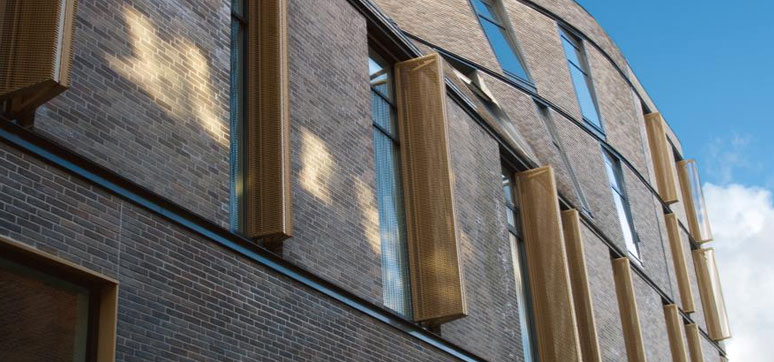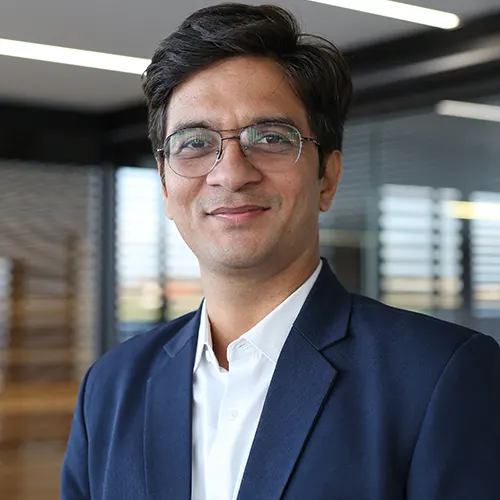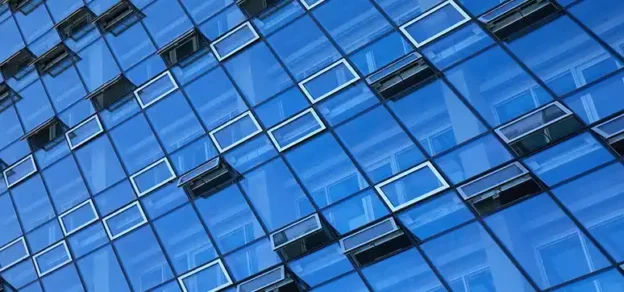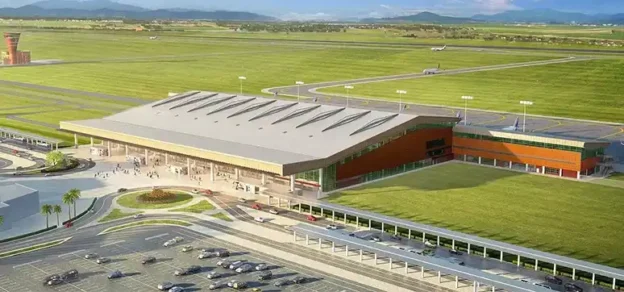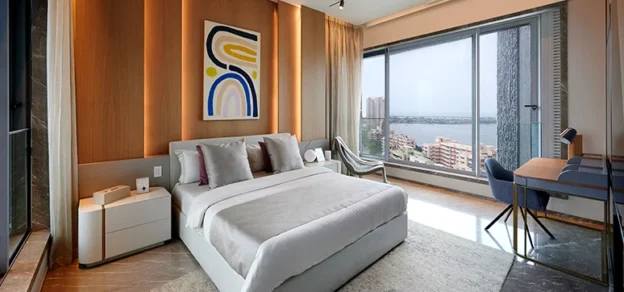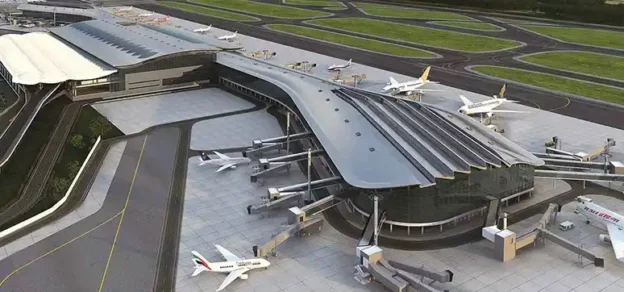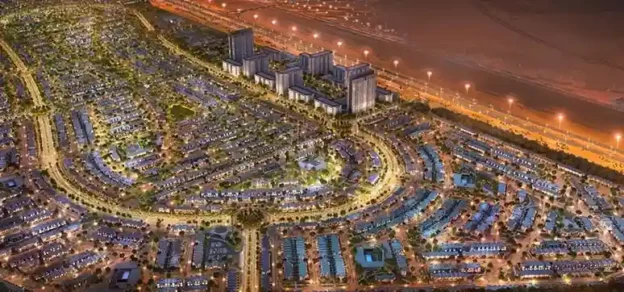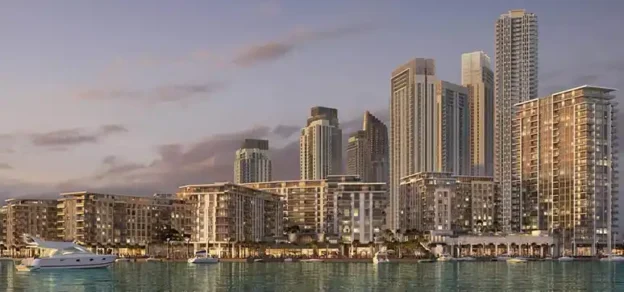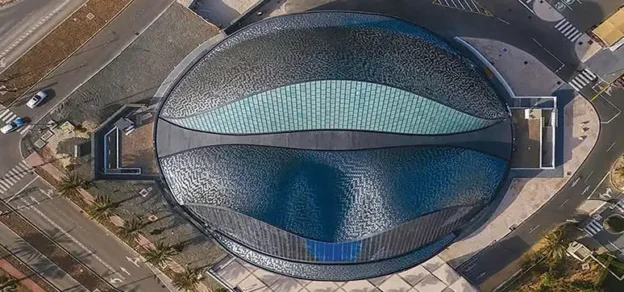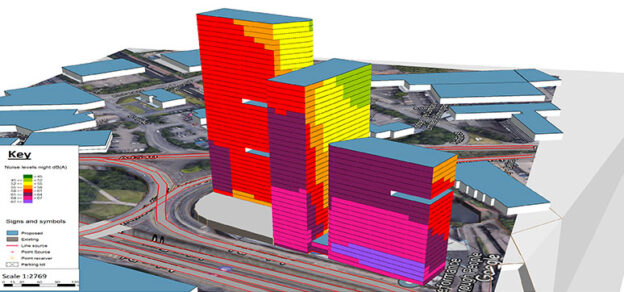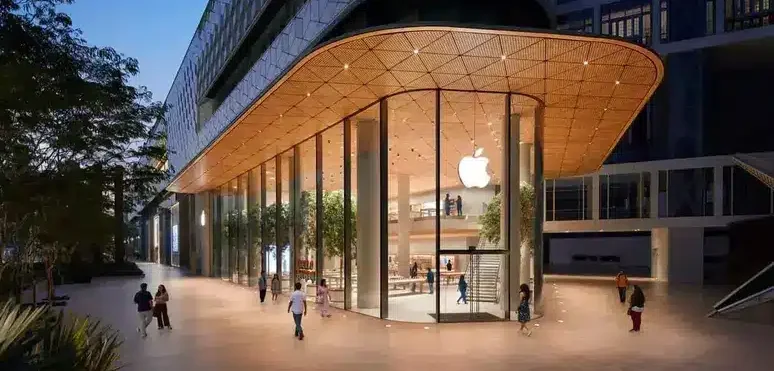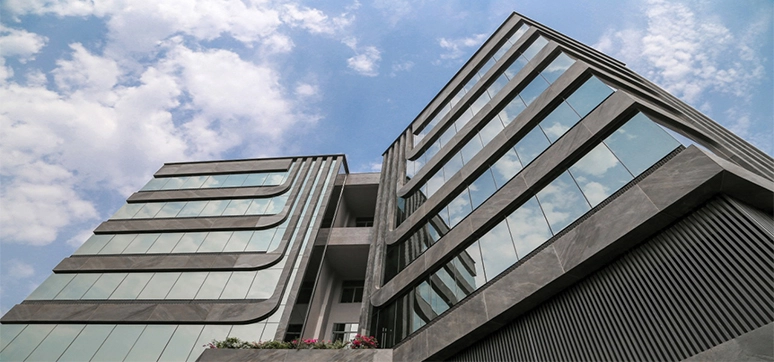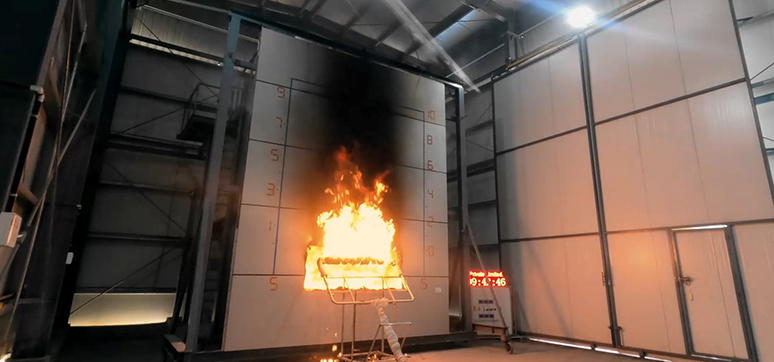It is a challenge to fit suitable ventilation or solar shading system to every type of project. Curtain wall systems are one of those new building trends, where standard solutions won’t do. The challenge is to look for a solution using its urge for innovation and creativity. A driven ‘Project team’ focuses on projects like these, together with a large research & development division. They collaborates with architects, contractors and engineers to create a proper solution for any given project, however big the challenge is.

Every special project starts with an idea, that is accurately been worked out to a solid design. That design is the first step to come to a mock-up of the specific solution created, to evaluate with everyone involved (architects, contractors, engineers, universities, etc). As soon as these mock-ups are approved, production of the customized parts can be started. Every special project ends up with the start-up and service at the project site itself.
As far as curtain walls are concerned, there is always a way to integrate solar shading or ventilation discretely by developing customized Fix- Screen Solar Shading (Sports Hotel Gent, Belgium) or window ventilators (Panorama apartments Bratislava, Slovakia).
Case Studies:
Sports Hotel Gent (Belgium): customized Fixscreen Solar Shading
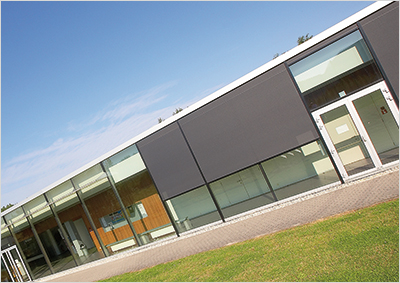
In 2012, Renson adapted its standard fix-screens to integrate discretely in the roof top that finishes the upper side of this curtain wall system of this sports hotel in Gent, Belgium. In that way, the case in which the solar shading is rolled up is discretely integrated in the roof cover. As a consequence, new mounting brackets had to be designed to be able to remove the rolled up screens from above (in case of a defect of maintenance) by simply removing the top cover. As this console smoothly connects with the vertical side channels of the screens, the roof detail of this curtain wall could be finished very aesthetically as well.
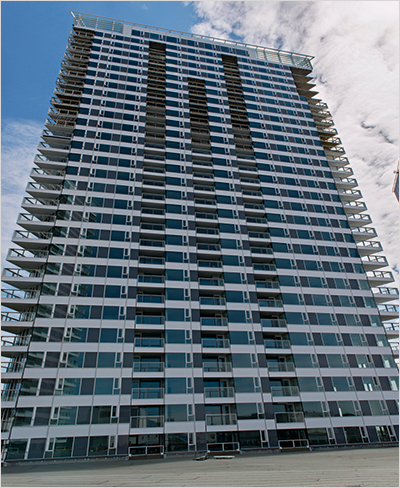
As these sun protection screens cover the whole surface of this curtain wall, Renson chose to install a common profile instead of two vertical half side channels to lead each of the screens. This made the installation a lot easier as this common channel could be mounted with only one central screw in the small joint between every two glass surfaces. With an extra profile between this channel and the façade, Renson helped out its client installer to make this a proper and easy to install project in the end.
With a standard Fix-screen solution, an expansion joint of 4 mm should have been seen between the side channels and the cassettes. With this specific type of profiles, there’s no such joint to be seen, which makes this a far more elegant solution, while screens and profiles still have the space they need to expand when it comes to fluctuations in temperature.
Worth mentioning with this project is that this specific Fix-screen solution on the long term is way less expensive than cooling down the interior with an airco system. Keeping out the sun before it even reaches the glass, reduces the costs of cooling down the building in warm periods, which makes this project as well aesthetically as energy efficiently a huge success.
Panorama Bratislava: vertical ventilation
In these apartments in the capital of Slovakia, the architect was looking for a vertical solution to integrate the necessary window ventilators, which are normally integrated horizontally on top of the windows. Renson developed a customized solution with its T100 window ventilators.
Because of the height of this building (over 100m), it wasn’t possible to integrate standard horizontal window ventilators on top of the windows to provide natural fresh air inside the building. As this building was designed with a curtain wall façade, it was even a bigger challenge for Renson to look for a proper solution that still provided enough air circulation to ventilate the building efficiently.
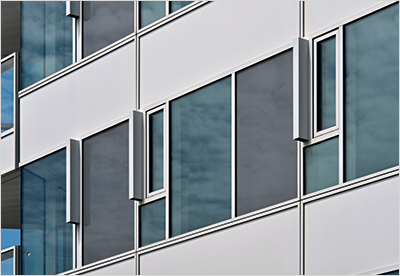
At the end, it turned out to be a simple solution by integrating THL 100 V window ventilators vertically, and double them at the same time to avoid over- and under pressure.
After a few tests with different window ventilators and the approval of the Technical University of Bratislava (prof. Boris Bielek) which was involved from the beginning in this project, it seemed to be the most efficient way to get fresh air into the building without the risk of wind and moisture penetrating. As sound reduction was important too (these buildings are situated near 4 main roads), an acoustic channel was integrated as well on demand of the contractor and the ventilators were placed in some kind of extra housing to be sure no moisture can get in at all, even at big heights.
As this wasn’t the first time Renson built in its window ventilators vertically, there was already some knowledge available,but still the research & development division collaborated intensively with the ‘Customised projects team’ to develop a specific product that fits in aesthetically well in this curtain wall.
For more details on the product: Website: www.renson.eu, e-mail: kendre.makarand@renson.net

